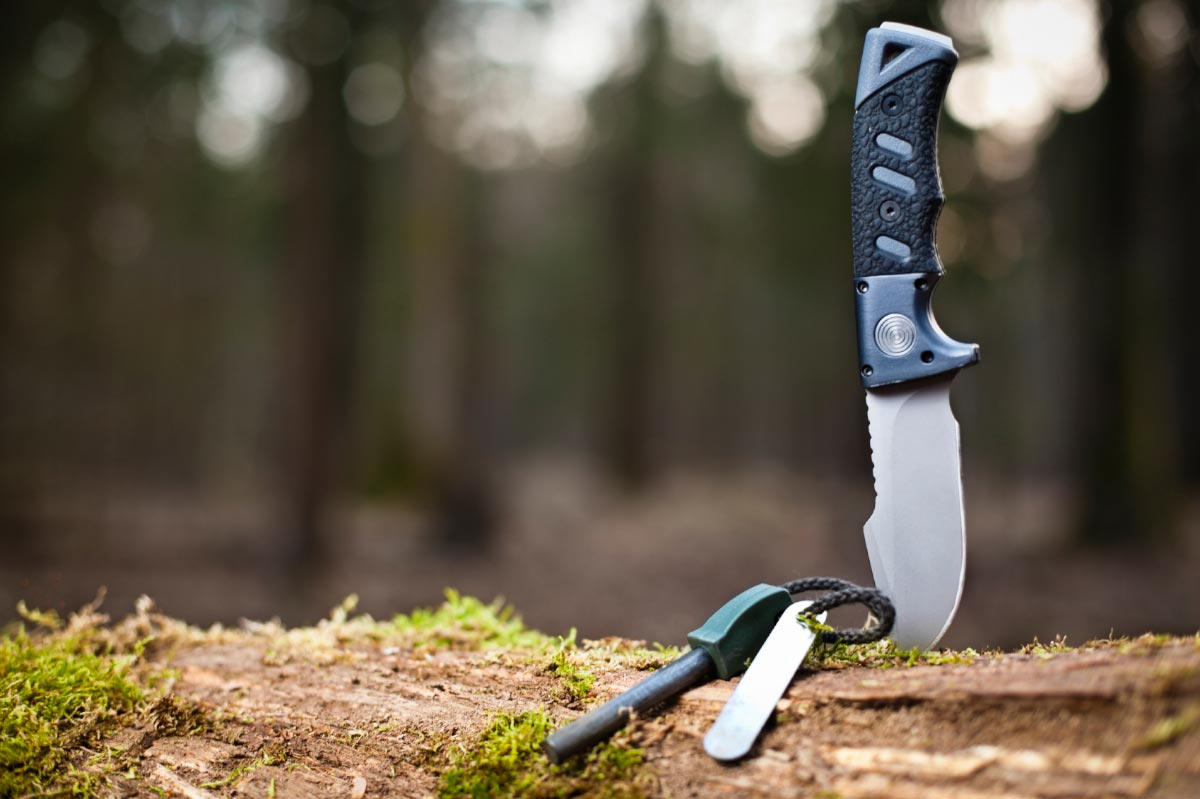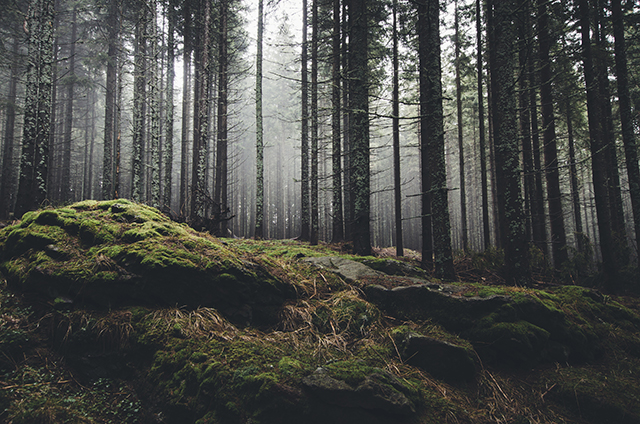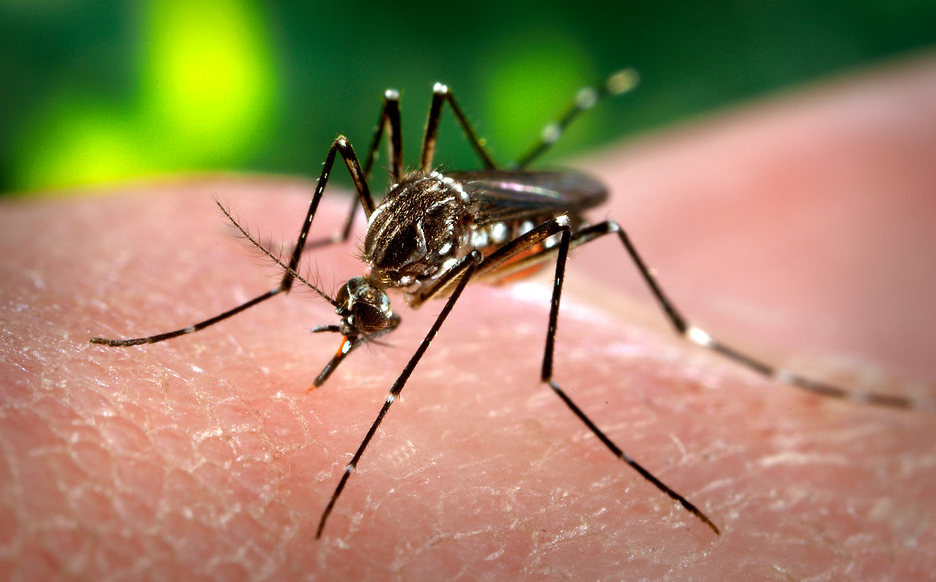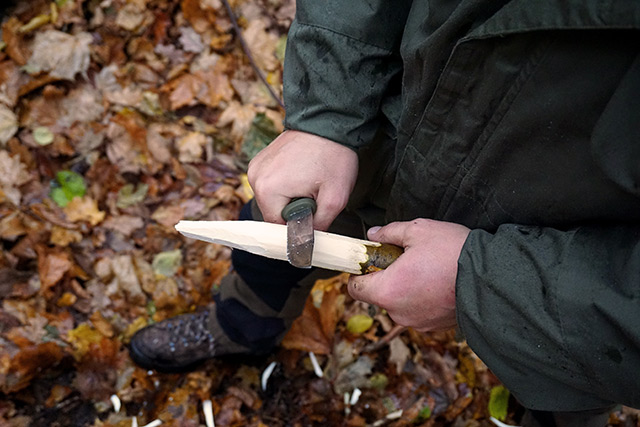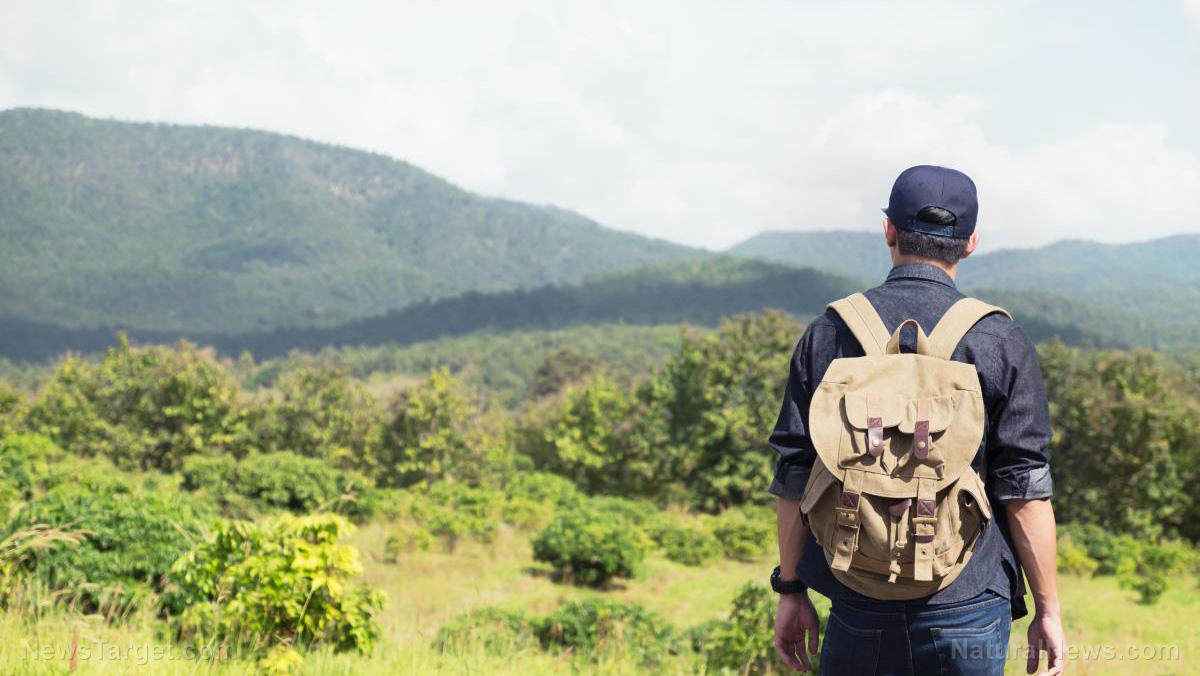Top 10 edible roots to help keep you alive and healthy in a survival situation
08/08/2017 / By Rhonda Johansson
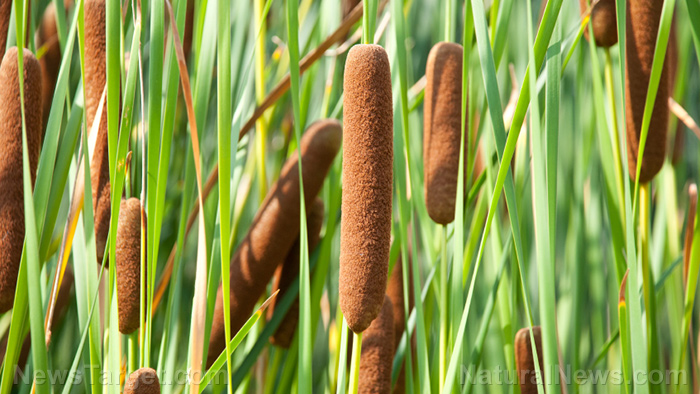
When hermit monk Brother Simon reappeared at the farmer Farrin’s market after not being seen for seven years, people thought they were seeing a ghost. After realizing that Brother Simon was, in fact, alive and well, people started asking him how he managed to survive completely off grid. “I used the knowledge of our wilderness which I learned from my father…When God created the world, He made it flourish with beautiful and edible plants,” Brother Simon said humbly. “My vow was to eat only edible roots. The past seven years have tested my understanding of my father’s lessons.”
Brother Simon then listed 10 edible roots that he personally ate to survive.
- Arrowroot – As the name suggests, the plant has leaves that are shaped like arrows. Arrowroots like to grow around muddy areas. They may look small, but they actually have an extensive root system. The roots can be yellowish or white (resembling a parsnip) but with constricted rings down its length. The tubers are starchy and can help people feel full longer. Before you boil the roots though, make sure to remove the scales.
- Cattail – More known as the small bulrush, this rhizome grows abundantly along the temperate northern hemisphere. You’ve probably seen a bunch of these plants along the edges of lakes and marshes. Most parts of the plant are edible, but Brother Simon says that the rootstock is the most nutritious and filling. He says that the rhizome can be eaten raw or boiled. The roots can even be roasted until they are black. The inside flesh is then eaten as a snack.
- Chicory – This plant grows quite fast, and is sometimes considered to be a weed. They are easily distinguished by their white and slightly blue flowers. Each part of the plant can be eaten, but it is recommended to boil the root before eating it. Taking chicory raw can cause some gastrointestinal issues.
- Dandelion – We all think of dandelions as weeds, but this backyard plant has many medicinal properties. The plant can be enjoyed in many ways; maybe you remember your own grandmother adding the flower to salads or making the leaves into a refreshing tea. The roots of the dandelion are also highly nutritious and can stave off hunger during emergencies. (Related: 14 Reasons To Become Obsessed With Dandelions.)
- Flowering Rush – Many botanists consider this plant to be an invasive species; thus making it a weed in many people’s eyes. Still, the small plant with bright pinkish blooms can be found near bodies of water. Once they are pulled out, they are revealed to have a thick, fleshy root which can be peeled and boiled like a potato.
- Garlic Mustard – Practically all parts of this plant can be eaten, although the leaves tend towards a bitter flavor during warmer seasons. Garlic mustard roots are somewhat spicy, similar to the horseradish.
- Jerusalem Artichoke – This is one of the easiest plants to spot due to their bright yellow flowers. Brother Simon said that the root should be harvested around two weeks after the flowers begin to fade. One of the ways he enjoyed eating the root of the Jerusalem artichoke was as a soup.
- Milk Thistle – This is a popular plant used in homeopathy and naturopathic medicine. The plant contains various antioxidants that promote liver health and weight loss. It has also been noted to reduce the symptoms of asthma. To gain their full benefits, it is best to boil them. You can easily identify them by their violently purple flower with unique leaves that have milky-white veins running through them.
- Nut Grass – This is another plant that thrives along the edges of marshes and ponds. The root of this plant can be taken raw, but it is best consumed when boiled and peeled. Nut grass is a favorite among traditional Chinese healers, who call the plant, Xiang Fu or Sha Cao. It is typically prescribed as an antidote for various skin diseases like insect bites and ringworms. It can also be used to alleviate symptoms of acid reflux.
- Wild Onion – A bulb that you can easily find in woodlands or fields is the wild onion. “There are several varieties, but all have a distinct ‘onion’ odor — if it smells like an onion it’s safe,” said Brother Simon. “If it looks like an onion but doesn’t smell like one, it may be toxic.” These bulbs can be eaten raw or cooked.
As you can see, these are plants that you would not give second notice to, but are actually very useful. Preppers should take note of these plants and learn how to spot them around their own neighborhood. You can learn more when you visit Survival.news. For a more in-depth review of other edible plants, visit NaturalPedia.com.
Sources include:
Tagged Under: arrowroot, Cattail, chicory, Dandelion, edible flowers, edible roots, Flowering Rush, foraging, Garlic Mustard, Jerusalem Artichoke, medicinal herbs, Milk Thistle, Nut Grass, off grid, roots, survival, wild foods, Wild Onion













